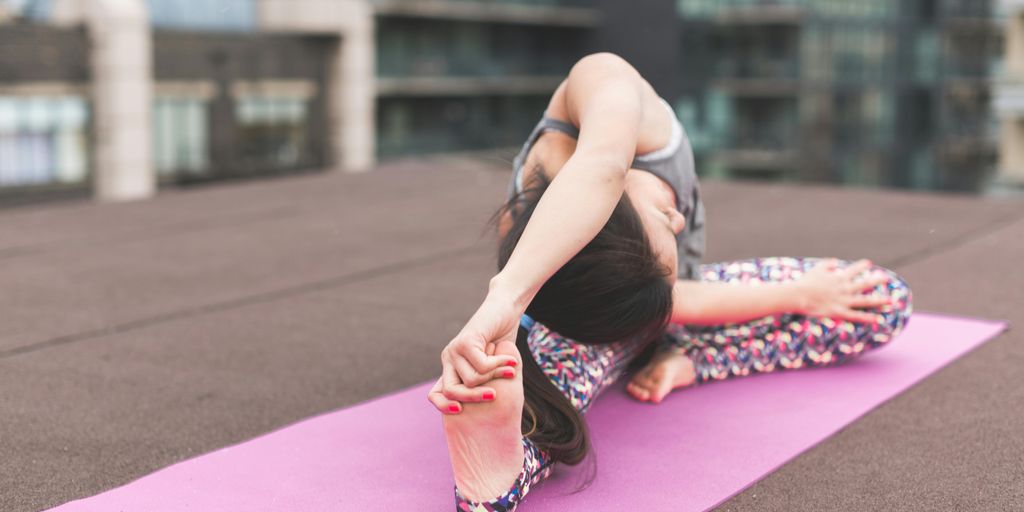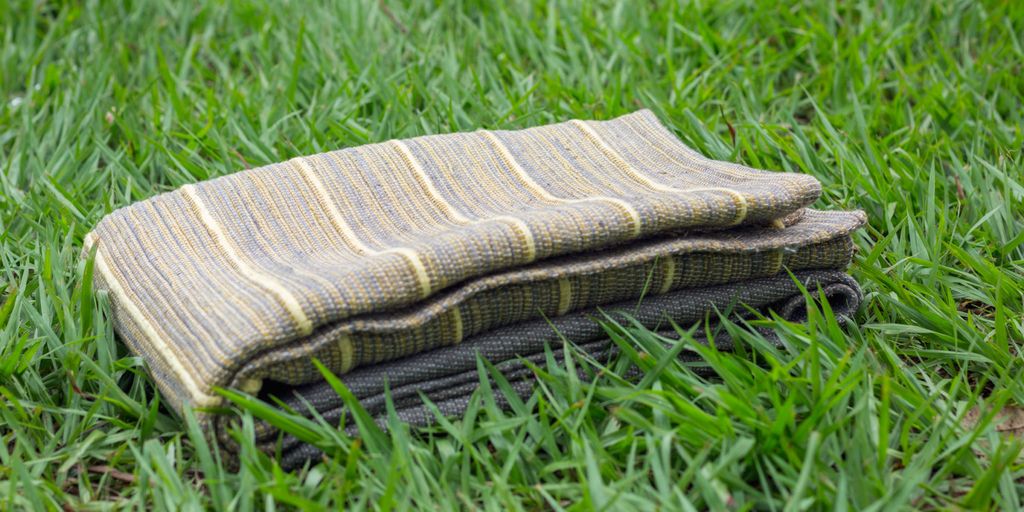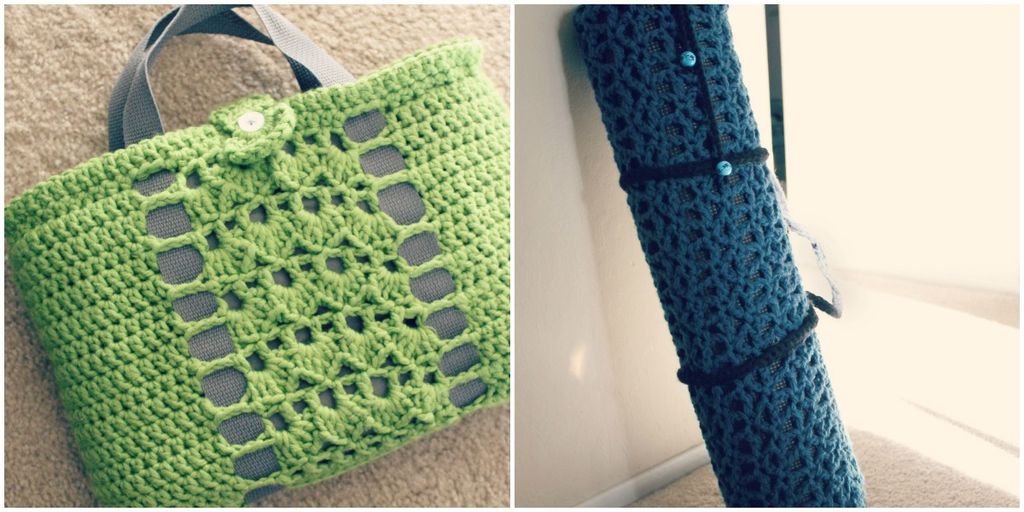
Choosing the Right Yoga Mat Thickness for Your Practice
Choosing the right yoga mat thickness is essential for enhancing your practice and ensuring comfort and support. With various options available, it's important to consider factors such as the type of yoga you practice, your personal comfort needs, and the materials used in the mat. This guide will help you navigate through the different aspects of yoga mat thickness to make an informed decision.
Key Takeaways
- Yoga mat thickness significantly impacts your comfort and support during practice.
- Different types of yoga may require different mat thicknesses for optimal performance.
- Material considerations such as eco-friendliness, durability, and grip are crucial when choosing a yoga mat.
- Portability and storage are important factors, especially for those who travel frequently with their mat.
- Balancing cost and quality can help you find a yoga mat that meets your needs without breaking the bank.
Understanding Yoga Mat Thickness
Why Thickness Matters
Choosing the right yoga mat thickness is crucial for both comfort and performance. A mat that's too thin may not provide adequate cushioning, while one that's too thick can make balancing poses more challenging. The right thickness can help prevent injuries and enhance your overall practice.
Common Thickness Options
Yoga mats come in various thicknesses, typically ranging from 1/16 inch to 1/4 inch. Here's a quick overview:
| Thickness | Description |
|---|---|
| 1/16 inch | Ultra-thin, travel-friendly, minimal cushioning |
| 1/8 inch | Standard, good balance of support and portability |
| 1/4 inch | Extra thick, maximum cushioning, less portable |
Impact on Your Practice
The thickness of your yoga mat can significantly impact your practice. Thinner mats are ideal for stability and balance, making them suitable for styles like Vinyasa or Ashtanga. Thicker mats offer more cushioning, which is beneficial for practices that involve more floor work, such as Yin or Restorative yoga.
Finding the right balance between comfort and stability is key to enhancing your yoga practice.
Assessing Your Yoga Practice Needs
Types of Yoga and Their Requirements
Different types of yoga have varying requirements when it comes to mat thickness. For instance, restorative yoga often benefits from a thicker mat for added comfort, while Vinyasa or Ashtanga practices might require a thinner mat for better stability and balance.
Frequency of Practice
How often you practice yoga can influence the type of mat you need. If you practice daily, investing in a high-quality, durable mat is essential. For occasional practitioners, a standard mat might suffice.
Personal Comfort and Support
Personal comfort is paramount when choosing a yoga mat. Consider your body's needs, such as joint support and cushioning. A thicker mat can provide extra comfort for sensitive joints, while a thinner mat might offer better support for balance and stability.
Remember, the right yoga mat can significantly enhance your practice by providing the necessary support and comfort.
Material Considerations for Yoga Mats
Eco-Friendly Materials
When choosing a yoga mat, it's essential to consider eco-friendly materials. These mats are often made from natural rubber, jute, or organic cotton, which are biodegradable and have a lower environmental impact. Opting for eco-friendly options not only benefits the planet but also ensures that you are practicing on a mat free from harmful chemicals.
Durability and Longevity
The durability of a yoga mat is crucial for long-term use. Mats made from high-quality PVC or TPE tend to last longer and withstand frequent use. It's important to assess the wear and tear a mat can endure, especially if you practice daily. A durable mat is a wise investment, saving you from frequent replacements.
Texture and Grip
The texture and grip of a yoga mat significantly affect your practice. Mats with a textured surface provide better traction, preventing slips during poses. This is particularly important for styles like hot yoga, where sweat can make the mat slippery. A good grip ensures stability and safety, enhancing your overall yoga experience.
Choosing the right material for your yoga mat can greatly impact your practice, offering the perfect balance of comfort, support, and sustainability.
Portability and Storage of Yoga Mats
Travel-Friendly Options
For those who travel frequently, a lightweight and compact yoga mat is essential. Opt for mats that can be easily folded or rolled up to fit into your luggage. Some mats are specifically designed to be travel-friendly, offering a balance between thickness and portability.
Storage Solutions
Proper storage of your yoga mat can extend its lifespan. Consider using a mat bag or strap to keep it rolled up and protected from dust and damage. Vertical storage solutions, like wall hooks or stands, can also save space and keep your mat in good condition.
Weight Considerations
The weight of your yoga mat can impact its portability. Heavier mats often provide more cushioning but can be cumbersome to carry around. If you need to transport your mat frequently, look for a lighter option that still offers adequate support.
Choosing the right storage and portability options for your yoga mat can significantly enhance your practice experience, making it easier to maintain a consistent routine.
Budgeting for Your Yoga Mat
Balancing Cost and Quality
When choosing a yoga mat, it's essential to find a balance between cost and quality. Investing in a high-quality mat can enhance your practice and provide better durability. However, there are affordable options that still offer good performance.
Long-Term Investment
Consider your yoga mat as a long-term investment. A durable mat may have a higher upfront cost but will save you money in the long run by lasting longer. Look for mats with good reviews on longevity and performance.
Finding Deals and Discounts
To get the best value, keep an eye out for deals and discounts. Many retailers offer sales during holidays or special promotions. Additionally, consider signing up for newsletters from yoga gear companies to receive exclusive discounts.
Remember, the right yoga mat can significantly impact your practice, so choose wisely based on your needs and budget.
Caring for Your Yoga Mat
Cleaning and Maintenance
Regular cleaning is essential to maintain the hygiene and longevity of your yoga mat. How to clean a yoga mat, according to experts, involves using a disinfecting solution. You can use hydrogen peroxide or dishwashing or laundry soap mixed with water in a spray bottle. Spritz the solution onto the mat and wipe it down with a clean cloth. This helps in removing sweat, dirt, and bacteria that accumulate over time.
Storing Properly
Proper storage of your yoga mat can significantly extend its lifespan. Always roll your mat up loosely and store it in a cool, dry place. Avoid exposing it to direct sunlight for prolonged periods, as this can cause the material to degrade. If you have limited space, consider using a mat bag or strap to keep it compact and protected.
Extending the Lifespan
To get the most out of your yoga mat, it's important to take steps to extend its lifespan. Rotate your mat regularly to ensure even wear and tear. Additionally, avoid wearing shoes on the mat to prevent damage. If you notice any signs of wear, such as tears or thinning, it might be time to invest in a new mat.
Taking good care of your yoga mat not only ensures a longer lifespan but also provides a cleaner and more enjoyable practice environment.
Caring for your yoga mat is essential to maintain its longevity and performance. Regular cleaning and proper storage can make a significant difference. For more tips and to explore our range of high-quality yoga mats, visit our website today!
Conclusion
Choosing the right yoga mat thickness is crucial for enhancing your practice and ensuring comfort and safety. Whether you prefer a thin mat for better stability and connection to the ground, a medium-thickness mat for a balance of comfort and support, or a thick mat for extra cushioning, it's important to consider your personal needs and the type of yoga you practice. By understanding the benefits and drawbacks of different mat thicknesses, you can make an informed decision that will support your yoga journey. Remember, the best mat for you is one that aligns with your practice goals and provides the comfort and support you need to thrive.
Frequently Asked Questions
What thickness of yoga mat is best for beginners?
For beginners, a mat with a thickness of 6mm (1/4 inch) offers a good balance of comfort and stability.
Is a thicker yoga mat better for joint support?
Yes, thicker mats, typically 6mm or more, provide better cushioning for joints, which can be beneficial during poses that put pressure on the knees, wrists, and elbows.
How does the thickness of a yoga mat affect balance?
Thicker mats offer more cushioning but can make balancing poses more challenging. Thinner mats provide a firmer surface, which can enhance stability and balance.
Are there specific thickness recommendations for different types of yoga?
Yes, for practices like Yin or Restorative yoga, thicker mats (6mm or more) are recommended for extra comfort. For more dynamic practices like Vinyasa or Ashtanga, a thinner mat (3-4mm) is often preferred for better stability.
How do I clean and maintain my yoga mat?
Regularly wipe down your mat with a solution of water and mild detergent or a specialized yoga mat cleaner. Allow it to air dry completely before rolling it up for storage.
Can I travel with a thick yoga mat?
Traveling with a thick yoga mat can be cumbersome due to its size and weight. Consider a foldable travel mat or a thinner mat if you need something more portable.


